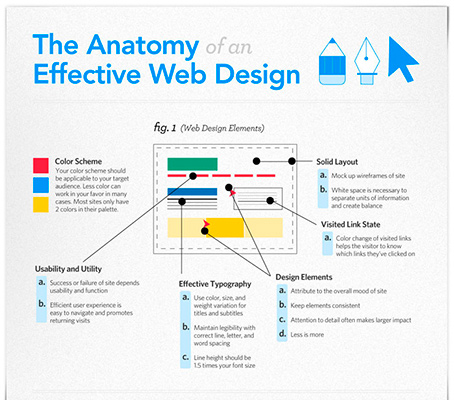Core Principles Of Internet Site Layout: Suggestions For Crafting A User-Friendly Online Existence
Core Principles Of Internet Site Layout: Suggestions For Crafting A User-Friendly Online Existence
Blog Article
Authored By-Christophersen Skinner
When it concerns website design, making certain user-friendliness is key. From responsive layout to streamlined navigation, every element plays an essential function in producing a website that satisfies your audience's needs. Yet what concerning the finer details that can make or damage a user's browsing experience? Stay tuned as we discover some often-overlooked suggestions that can elevate your website's use to the following level, making it truly stand apart in the electronic landscape.
Relevance of Responsive Design
Receptive design is a critical facet of modern internet site development. Guaranteeing your website is receptive means that it can adjust to various display dimensions and devices, providing a seamless experience for users.
With the raising use of smartphones and tablet computers to access the web, having a receptive style is vital for getting to a larger target market. It assists in boosting customer experience by making your internet site easy to browse and keep reading any type of gadget.
Additionally, receptive design can favorably affect your internet search engine positions, as search engines like Google prioritize mobile-friendly sites. By having a responsive style, you're also future-proofing your website, as new gadgets with varying display sizes continue to emerge.
Simplify Navigating Framework
To enhance user experience and facilitate simple access to details on your website, simplifying the navigation structure is vital. When making your site, focus on producing a clear and instinctive navigation menu that aids site visitors discover what they're trying to find promptly.
Limitation the variety of food selection products to the basics, grouping relevant web pages with each other to avoid frustrating users. Use detailed tags that plainly suggest the material of each page, making it much easier for users to comprehend where each web link will take them.
Consider implementing dropdown menus for subcategories to stop cluttering the primary navigating bar. In addition, consist of a search bar prominently on the page for customers that favor looking for certain information.
Prioritize mobile responsiveness in your navigation layout to ensure very easy gain access to on all tools.
Maximize Page Lots Speed
Improving page tons speed is crucial for maintaining site visitors on your website. Slow-loading web pages frustrate customers and can lead to high bounce rates. To optimize page tons speed, start by maximizing photos. Press pictures without compromising quality to reduce their data sizes.
Additionally, make it possible for web browser caching to save frequently accessed sources in your area, quickening load times for returning visitors. Minify CSS, JavaScript, and HTML data by eliminating unneeded characters, comments, and format, boosting tons rate.
Think about making use of a material distribution network (CDN) to distribute your internet site's web content throughout several web servers worldwide, decreasing latency for users accessing your site from different places. Lastly, restrict making use of third-party scripts and plugins, as they can substantially influence tons times.
Suggested Webpage
In conclusion, by incorporating receptive style, simplifying navigating, and enhancing page tons speed, you can develop an easy to use website that appeals to a bigger target market and improves individual experience. Read Home make sure that site visitors can quickly access and navigate your site across various tools, bring about enhanced involvement and complete satisfaction. By concentrating on these crucial facets, you can build an effective website that maintains individuals returning for even more.
